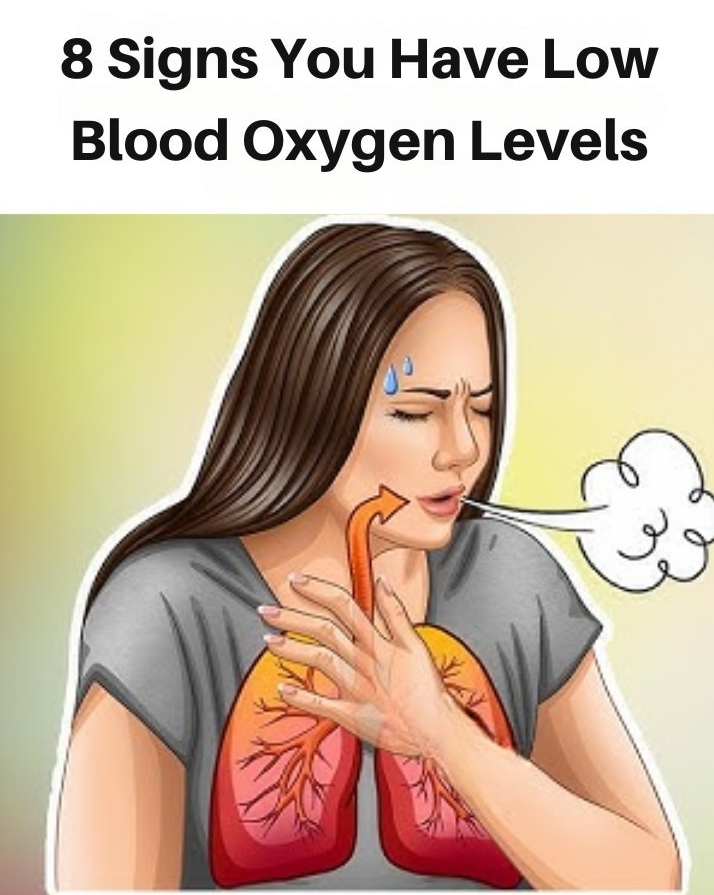In response to low oxygen, your body tries to compensate by increasing your breathing rate. This fast, shallow breathing is an effort to bring in more oxygen and expel carbon dioxide. If you find yourself breathing faster than normal for no clear reason, it may be a red flag.
3. Increased Heart Rate (Tachycardia)
When oxygen levels drop, your heart beats faster to deliver more oxygen-rich blood to your tissues. A resting heart rate consistently above 100 beats per minute may signal that your cardiovascular system is under strain due to hypoxemia.
4. Bluish or Pale Skin (Cyanosis)
Low oxygen levels can cause the skin, lips, or fingernails to take on a bluish or grayish hue. This is called cyanosis, and it’s often most visible around the mouth and fingertips. It’s a sign that oxygen is not adequately reaching your tissues.
5. Fatigue and Weakness
Without enough oxygen, your muscles and brain can’t function efficiently. This often results in unexplained tiredness, weakness, or a feeling of being “drained”, even after a full night’s sleep or minimal activity.
6. Confusion or Difficulty Concentrating
The brain is extremely sensitive to oxygen deprivation. People with low oxygen levels may experience mental fog, confusion, memory lapses, difficulty focusing, or changes in mood or behavior. In severe cases, hypoxemia can lead to loss of consciousness.
7. Chest Pain or Tightness
Some people report a feeling of pressure or pain in the chest, especially when hypoxemia is caused by heart or lung conditions. If accompanied by other symptoms like dizziness or shortness of breath, chest pain could signal a medical emergency.
8. Headaches or Dizziness
Lack of oxygen to the brain can cause frequent headaches, lightheadedness, or feeling faint. This is particularly common when blood oxygen drops gradually over time, such as in people with sleep apnea or chronic respiratory diseases.
When to Seek Medical Help
If you or someone you know is experiencing multiple symptoms listed above — especially shortness of breath, confusion, bluish skin, or chest pain — seek immediate medical attention. These signs can point to severe oxygen deprivation, which requires urgent care.
Normal Oxygen Levels:
-
Measured with a pulse oximeter: 95–100%
-
Below 92% may warrant medical intervention, especially in individuals with underlying conditions.
Conclusion
Recognizing the signs of low blood oxygen early can save lives. Whether due to a respiratory illness, heart disease, or another underlying cause, hypoxemia is a serious condition that requires prompt diagnosis and treatment. If you’re experiencing symptoms, consult a healthcare provider and consider using a pulse oximeter to monitor your oxygen saturation regularly — especially if you’re at higher risk.
